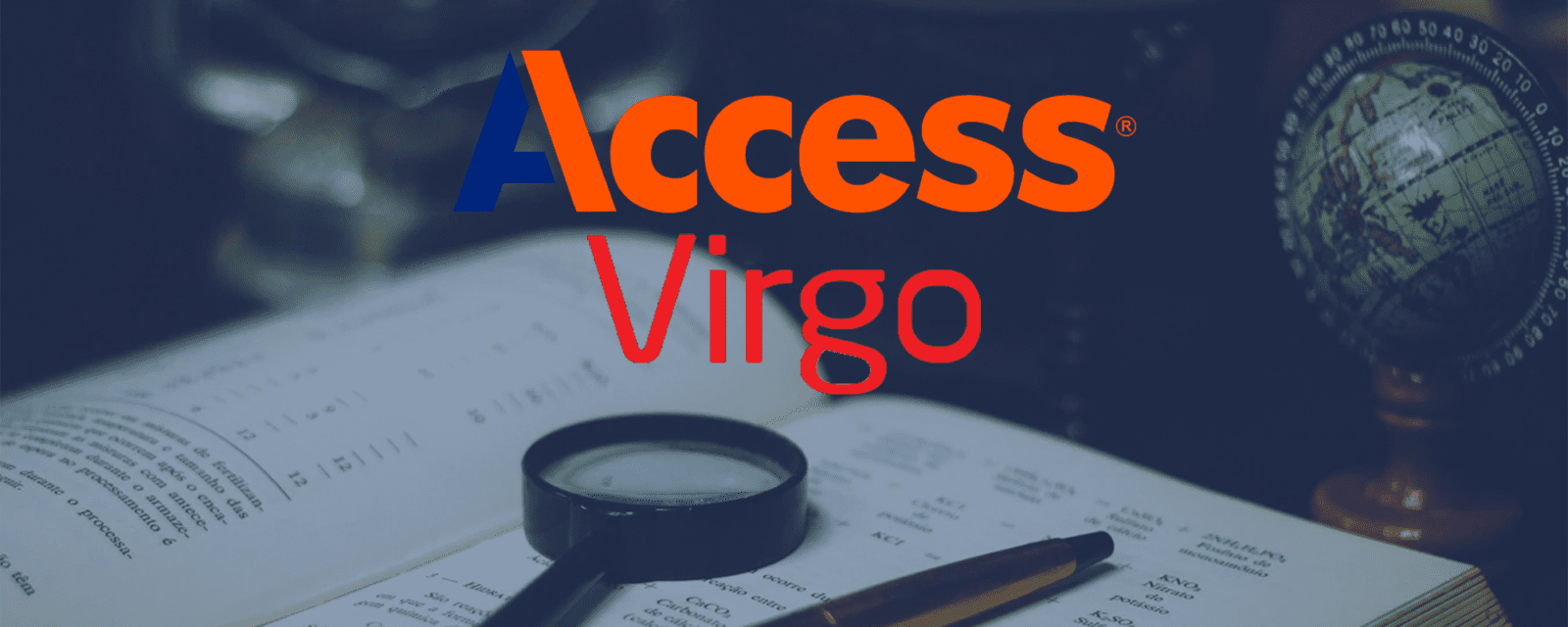
In the Spring of 2020, as news of the pandemic began to sweep across the nation and the world, Information Governance (IG) Professionals were challenged to start thinking about the related records and information that their organizations would begin creating in response to the pandemic. What volumes could be expected? What formats? What new record series might be needed in their Retention Schedules? What new record controls might be needed?
As expected, regulations have also begun to roll out regarding COVID-19-specific records. The most recent comes courtesy of California, under Labor Code § 6409.6(a) (effective Jan 1, 2021).
What is this regulation and what is the retention period for related records?
In short, the requirement calls for employers to maintain records for three years of written notifications to employees who were at the same worksite as an infected individual during the infectious period. Examples of such notifications include:
(1) Written notice to all employees, and the employers of subcontracted employees, who were on the premises at the same worksite as an infected individual within the infectious period, including notice provided by personal service, email, or text message, in both English and the language understood by the majority of the employees.
(2) Information provided to employees regarding COVID-19-related benefits to which the exposed employees may be entitled under applicable federal, state, or local laws, including workers’ compensation, options for exposed employees, including COVID-19-related leave, company sick leave, state-mandated leave, supplemental sick leave, or negotiated leave provisions, as well as antiretaliation and antidiscrimination protections of the employee.
(3) Notifications on the disinfection and safety plan that the employer plans to implement and complete per the guidelines of the federal Centers for Disease Control.
The above noted list does not only speak of the types of records that need to be maintained, but more importantly of the accountability for employers in California. Per this regulation, California employers have specific affirmative responsibilities which must be documented in writing.
Also, the fact that employers of subcontractors must be notified raises the stakes further for employer accountability by ensuring that no exposed person at a worksite is left without notification irrespective of their job employment status.
On the whole, the three-year retention period is reasonable, considering that when combined with other more general retention regulations, the actual retention period for such COVID-related records should be closer to five years, as recommended in Access’ recently-published Pandemic Playbook.
What can employers do to prepare for California Labor Code Section 6409.6 taking effect?
Employers can begin preparing for Section 6409.6’s January 1st effective date by designating an individual or individuals to take responsibility for putting together a compliance process. Employers may want to consider identifying the means by which they will notify employees of a potential workplace COVID-19 exposure as well.
Employers could also compile a list of all federal, state, local, and collective bargaining agreement benefits for which a potentially exposed employee is eligible. They may also wish to decide upon and consider putting in writing the disinfection and safety plans they will implement in the event they receive notice that a “qualifying individual” may have exposed the worksite to COVID-19.
In order to comply with Section 6409.6’s “one business day” notice deadline, employers would be wise to pre-plan by preparing fill-in-the-blank notice templates to employees, the employees’ exclusive representative(s) (i.e., unions), and subcontractors before January 1, 2021.
For further guidance and more details on the management of pandemic-related records, download Access’ Playbook for Responding to Pandemic-Related Records.




